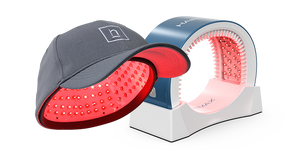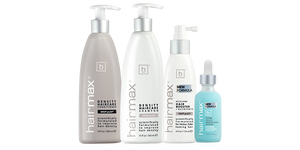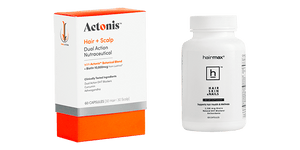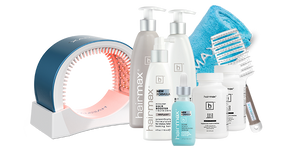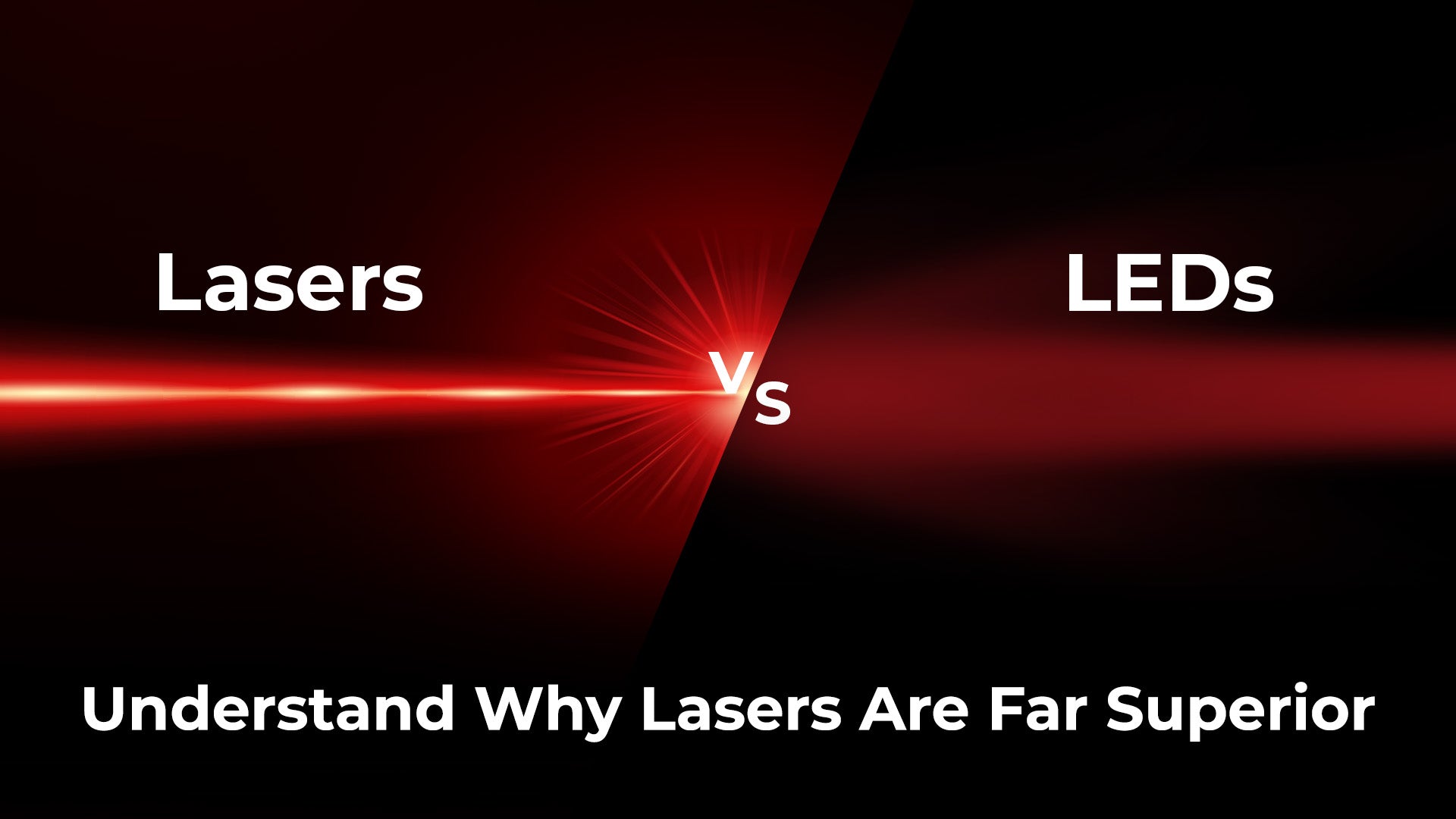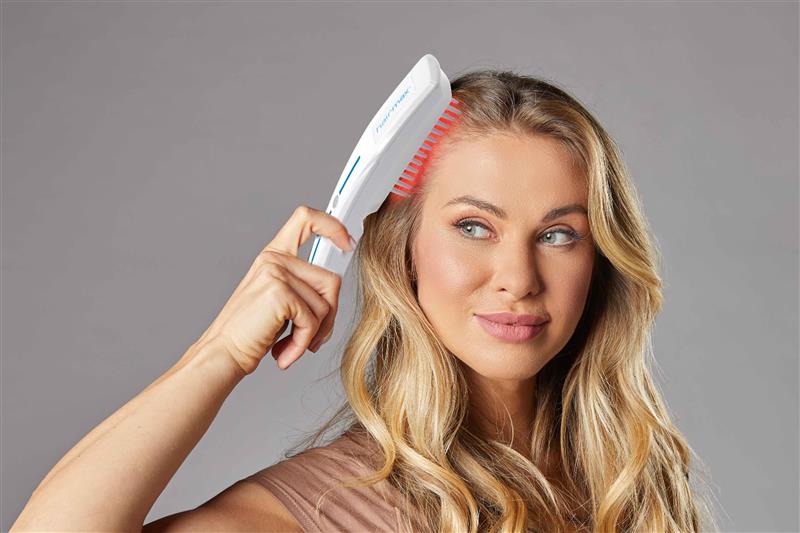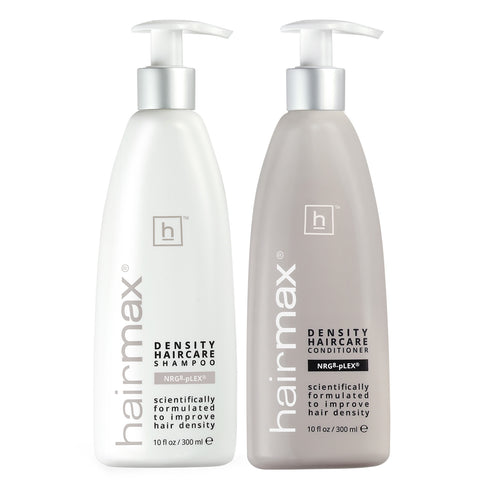Early Beginnings of Hair Growth Laser Laser Light Therapy
Shortly after the discovery of lasers in the 1960s many scientists realized that laser therapy had the potential to successfully treat many medical conditions.
In 1967, Endre Mester, from Hungary, saw that by applying laser light to the backs of shaven mice that hair grow back more quickly than in unshaved mice. This marked the beginning of research into the use of laser light therapy for hair growth in addition to other medical applications. Low level laser light therapy (LLLT), otherwise known as ‘laser light therapy for hair growth’ treats hair loss with lasers that have a specific lower level of red laser light. It is referred to as “low level” because of its use of light at energy levels that are low compared to other forms of laser therapy that are used for surgical applications, hair removal, and other tissue treatments. It is thought that amongst other hypothesized mechanisms of action, laser light therapy for hair growth stimulates the energy cells of the hair follicle to enter the ‘anagen’ phase of the hair cycle and produces thicker ‘terminal’ hair.

Lexington International pioneered home use laser light therapy for hair loss in people with either male or female pattern hair loss in 2002 with the introduction of the HairMax Lasercomb®. In 2006 a major clinical study was carried out that conclusively proved the efficacy and safety of laser light therapy for hair growth with the HairMax for men with hereditary hair loss. In 2007, the results of this landmark clinical study of 110 male subjects was published in a peer review medical journal. This was the first time that a well-controlled, highly scientific clinical study with a large number of subjects was carried out, which provided conclusive efficacy and safety of laser light therapy for hair growth in general, and the HairMax LaserComb in particular was published. Following publication of this study, there were a number of small, not very well designed studies with few subjects carried out by independent researchers, but they were dismissed as being unscientific and equivocal as to results since the number of people studied was very small, or the studies were not ‘double-blind’. In 2009 and 2010 four landmark clinical studies with 225 male and female subjects was completed. The results were was published in a medical peer review journal which showed once again that laser light therapy for hair growth in general, and the HairMax LaserComb in particular, was effective and safe for treatment of hereditary hair loss. The entire article can be read at this link.
To view the Hair Loss Treatment Paper in it’s entirety click here
Based on these 5 studies, the home-use HairMax LaserComb, laser light therapy for hair growth was granted FDA Clearance for the treatment of androgenetic alopecia (male and female pattern hair loss) and the promotion of hair growth in both males and females. There are presently no other devices of its kind on the market that have FDA Clearance for treating hair loss in both men and women and the results of the clinical studies which led to HairMax Lasercomb® FDA Clearances are not ‘portable’ to any other device, and therefore cannot be used by other companies to gain FDA Clearance.
If you do not wish to treat your hair loss with either topical or oral drugs, but want the same efficacy, the published clinical study (as referenced above), reached the conclusion that the HairMax demonstrated, an “increase in terminal hair density comparable to the short-term trials of 5% minoxidil topical solution and 1 mg/day finasteride [Propecia]”.
In conclusion, while you may find that other devices using laser light therapy for hair growth, the HairMax LaserComb is the only one that has been consistently proven over and over again, that it is both safe and effective for treating hair loss. And, the HairMax has an excellent safety record whereby there have never been any report of serious side effects from occurring.
